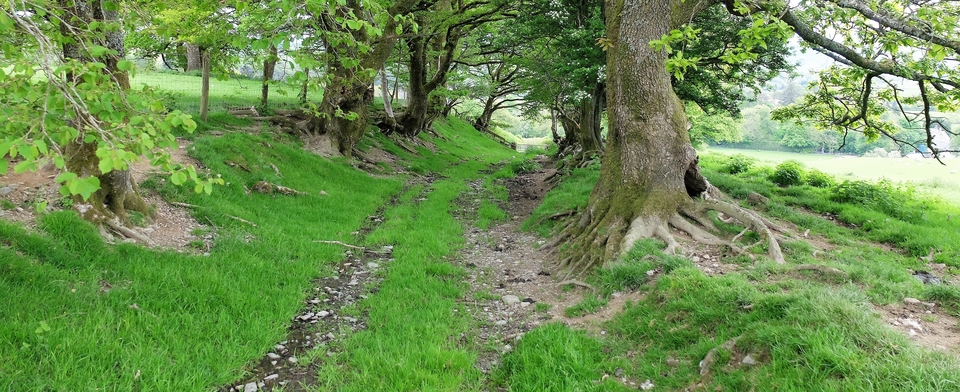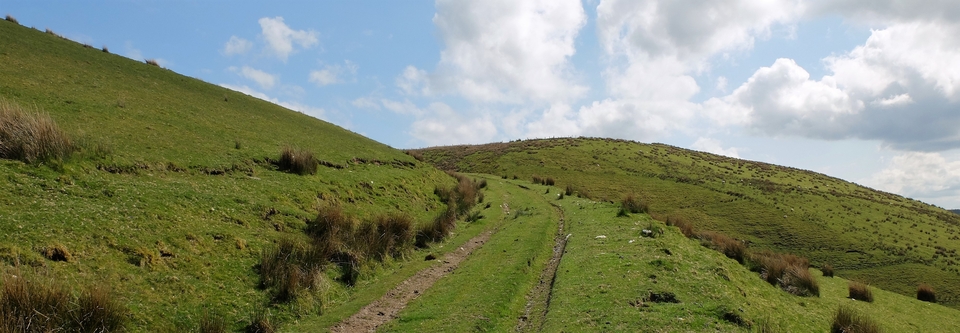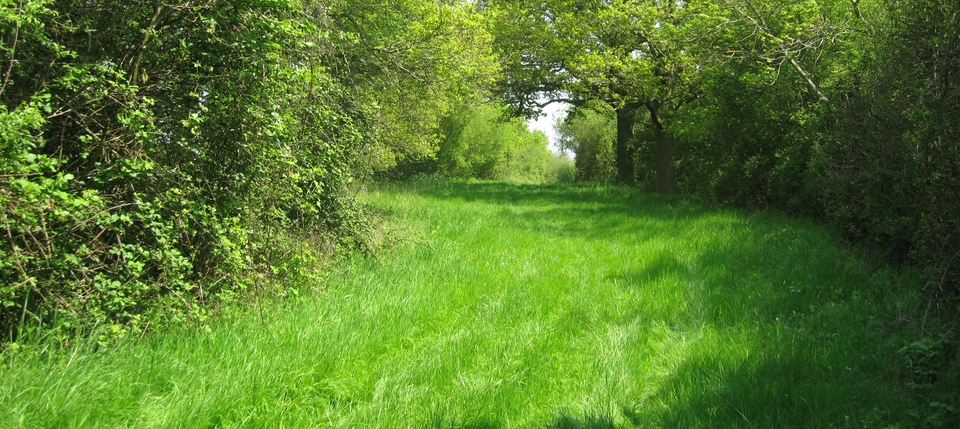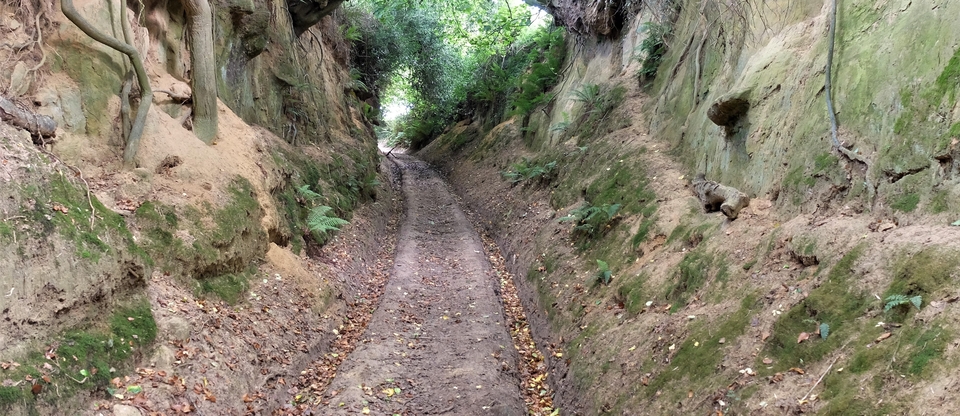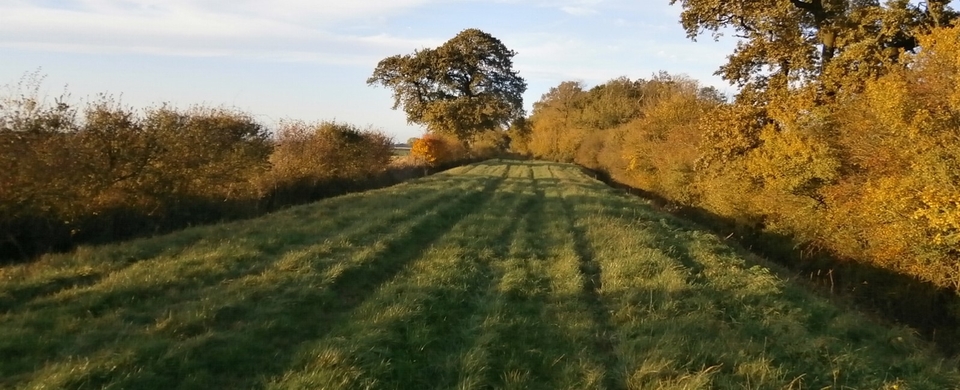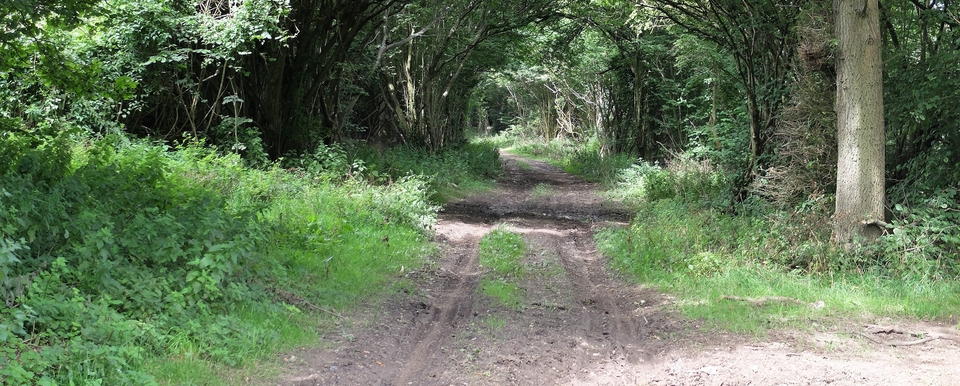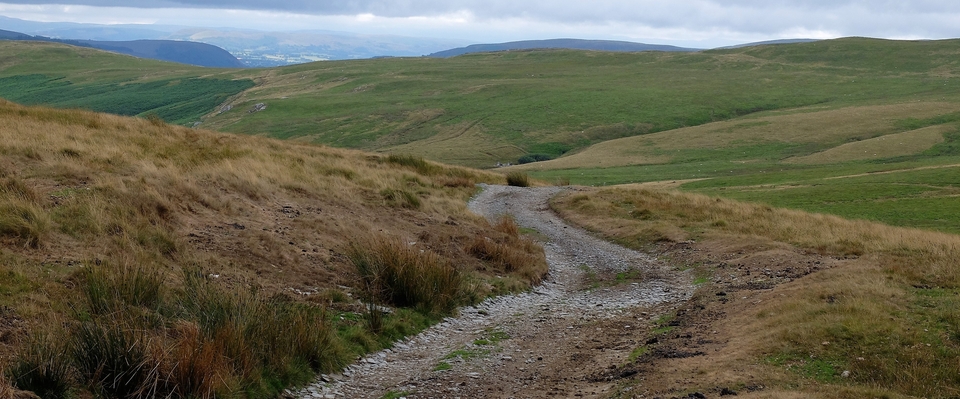How it Worked
A short explanation of how the trade worked is given in the article on "Bank of the Black Ox' under the Wales tab.
The system described there, whereby the farmer would surrender his beasts on credit, trusting the dealer & his drovers to return with the agreed price in cash, caught many drovers in a hazardous moral trap. What if they had promised too much and failed to realise a profit at the English end?
The problem is summarised in a letter to The Kentish Gazette, dated August 10th 1775:
Kentish graziers (the correspondent Your Constant Reader writes) are complaining of the expense ('dearness') of lean cattle. But when the writer visited Carmarthenshire he found anger too: men there were "entirely dissatisfied with those men who go under the name of drovers; that so far from being of service to their country they did it considerable hurt for some years past."
The reasons: they start with insufficient capital and "take up cattle mostly on trust at very advanced prices" and have to sell at proportionately higher. If the season is unfavourable, they sell at a loss - but it is their creditors who suffer "whom they frequently oblige to accept a most shameful composition, pretending their losses [of stock] to be greater than they really were."1
Deaths or disappearances of animals en route to England were inevitable, so the 'amplification' of these losses would be a sore temptation. And how was the poor farmer to know the truth?
No wonder the opening of banks, which ended the credit system, was greeted with such enthusiasm.
1 There is one exception mentioned in the letter: a Mr D. Jones, who was trusted completely. Not the founder of the Black Ox. This DJ had "lately died".
